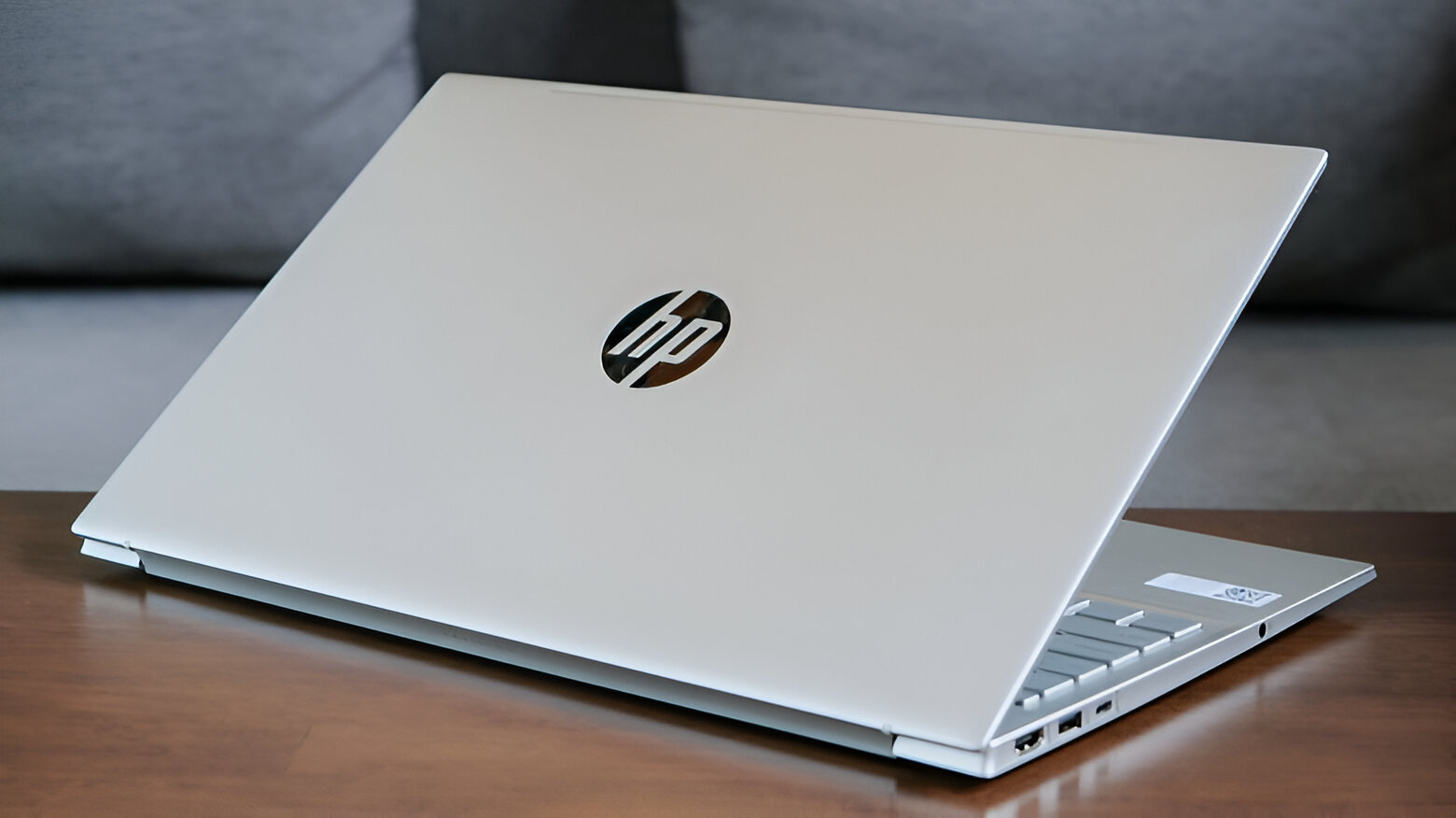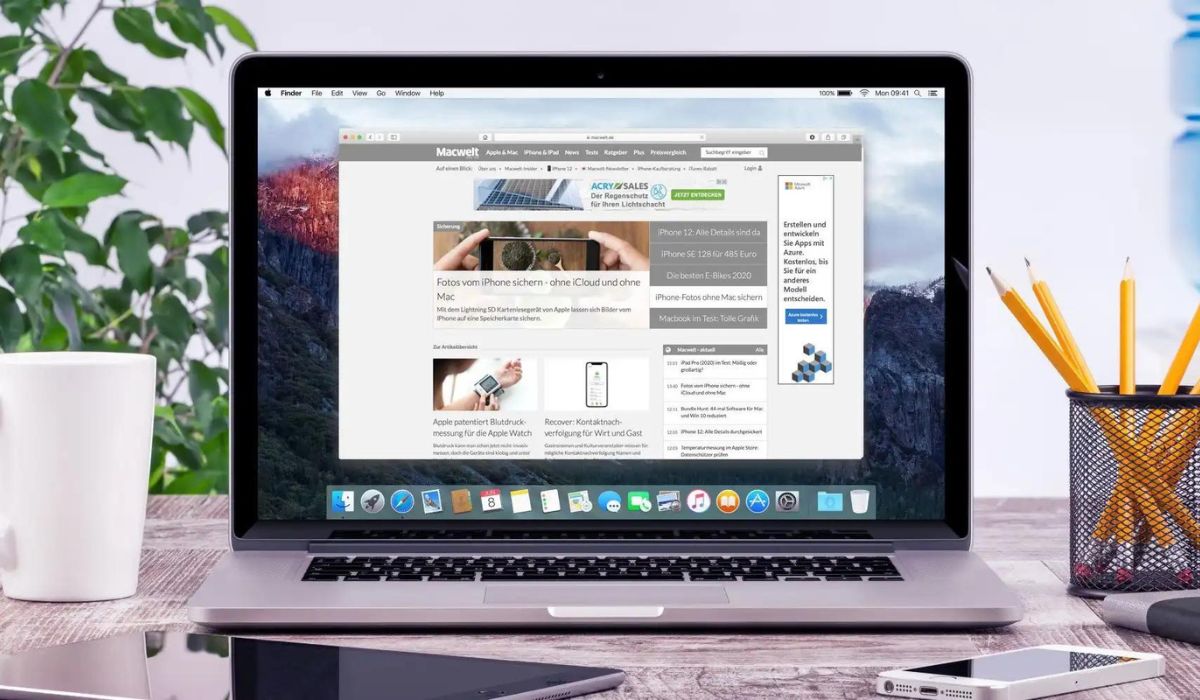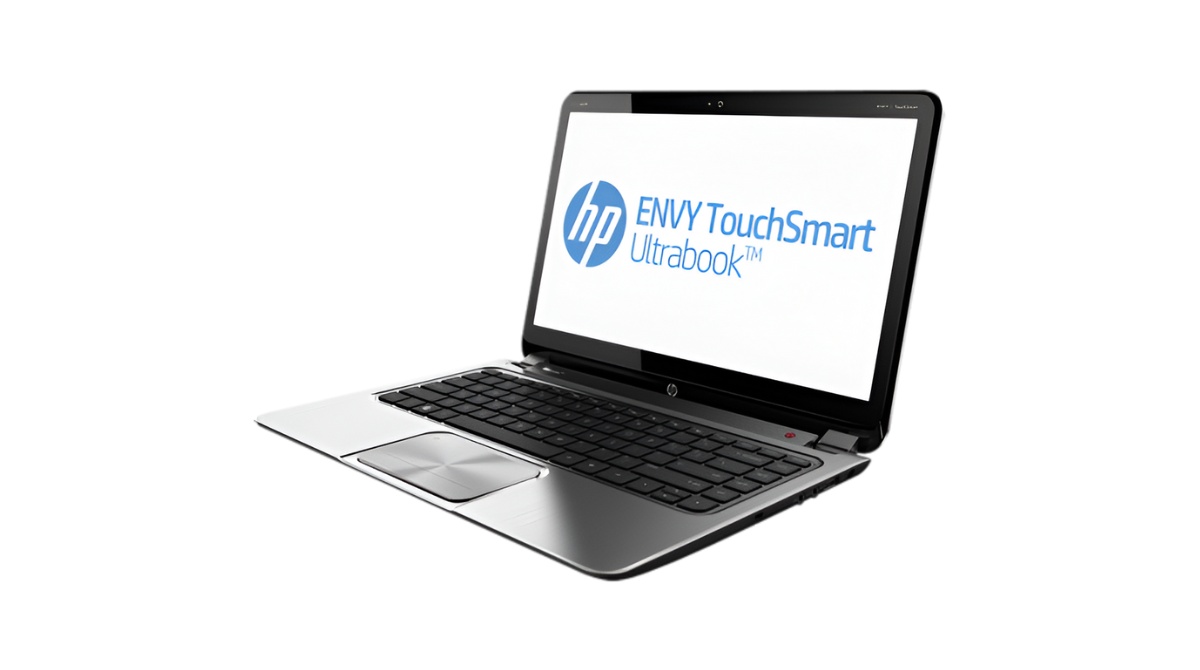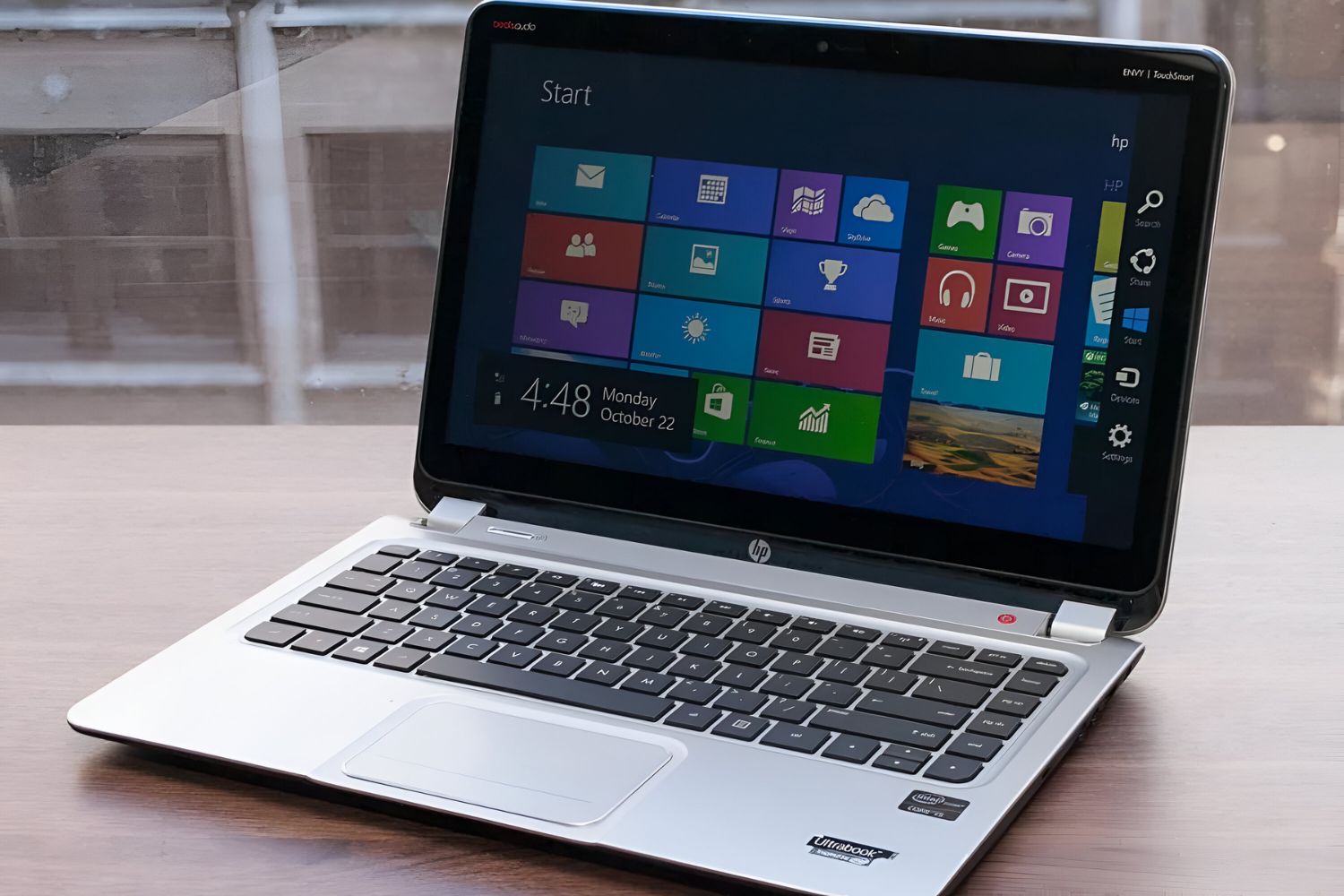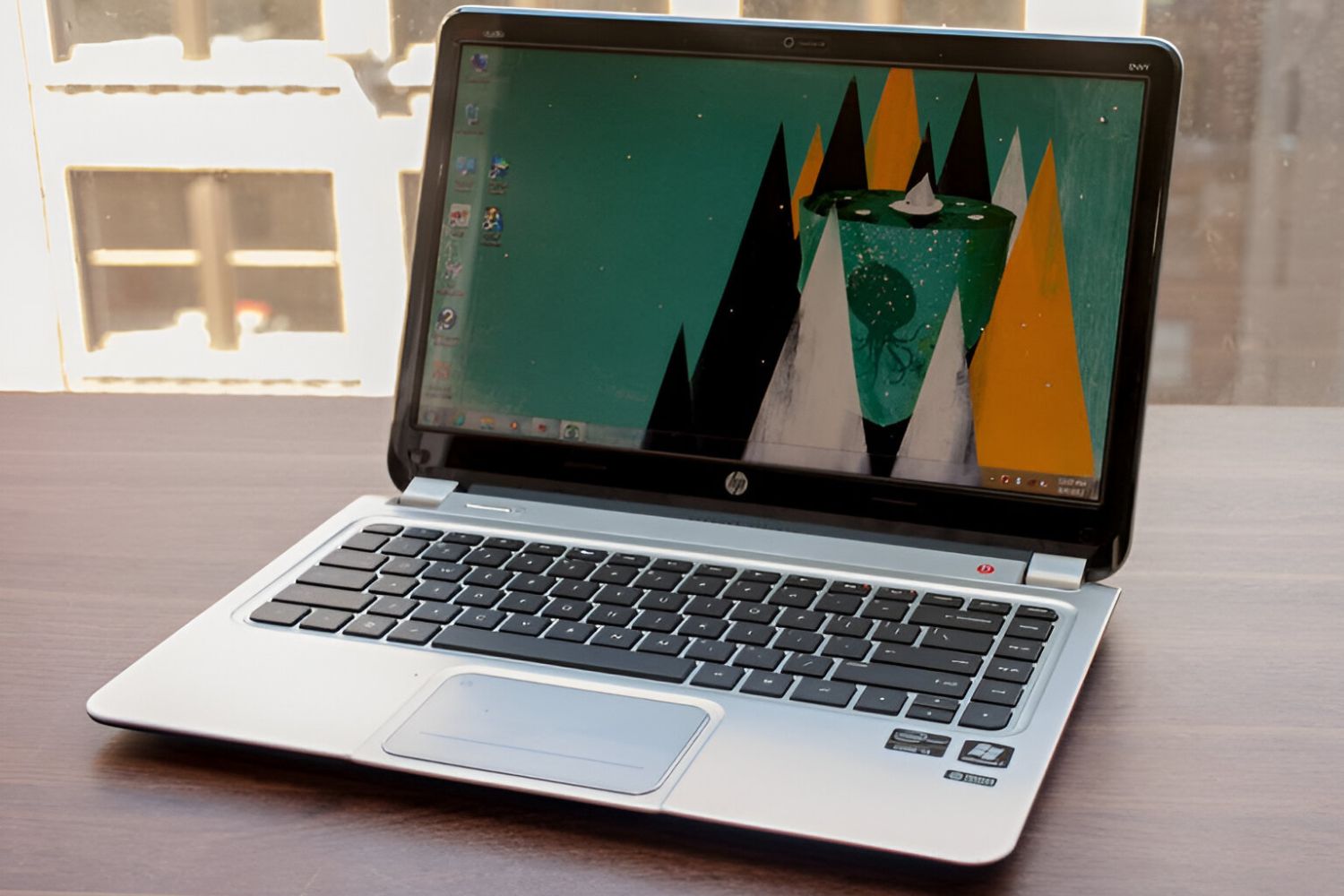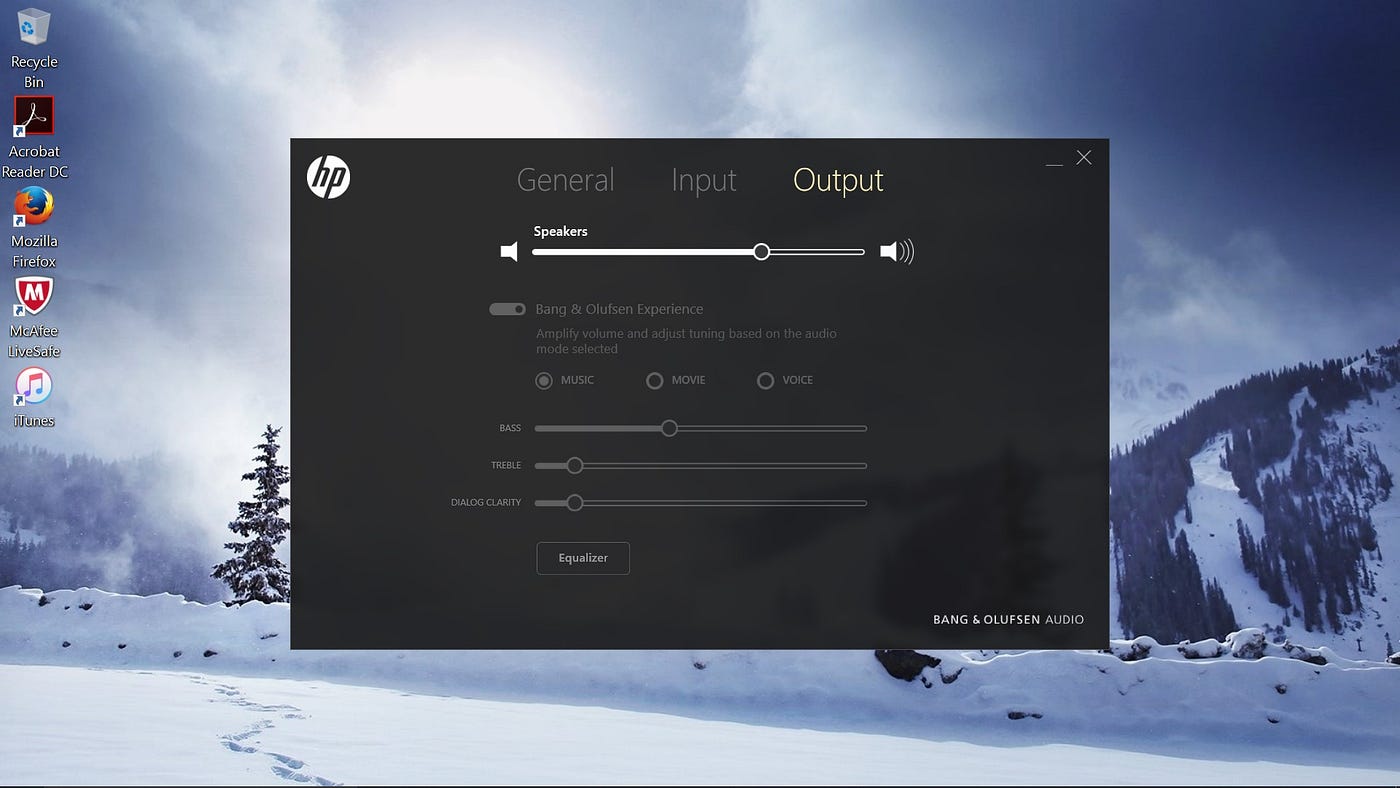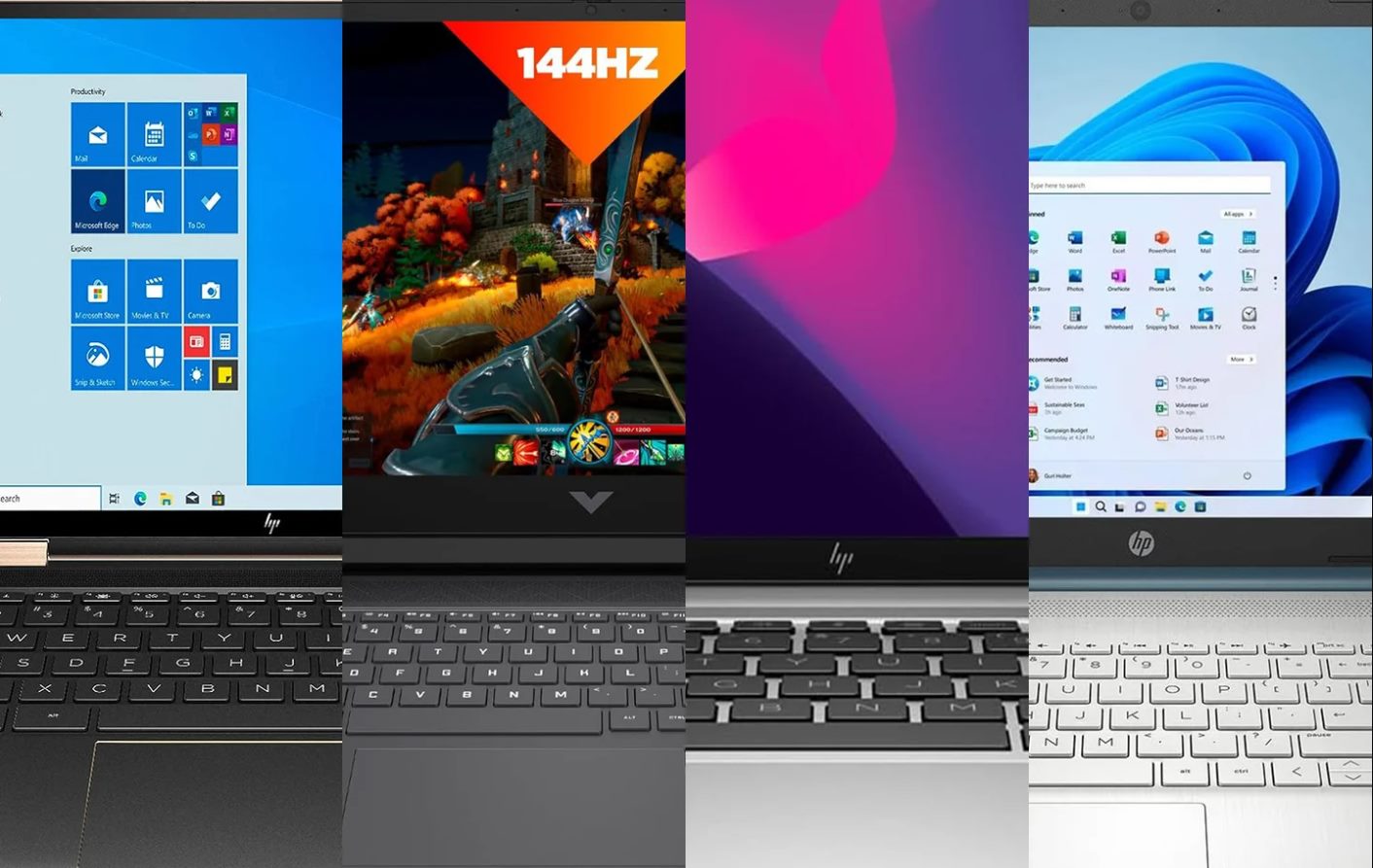Introduction
Welcome to our guide on how to reset an HP Ultrabook! If you’re facing performance issues, software glitches, or simply want to start fresh, resetting your Ultrabook can be an effective solution. Resetting allows you to restore the device to its factory settings, wiping out any installed programs, files, and configurations that may be causing issues. It’s important to note that resetting will delete all your data, so it’s crucial to back up any important files beforehand.
In this article, we’ll walk you through the process of resetting an HP Ultrabook step by step. We’ll cover multiple methods, including using the built-in Recovery Manager and the Windows Settings tool. Additionally, we’ll provide troubleshooting tips for common issues that may arise during the reset process.
Please note that the specifics of the reset process may vary slightly depending on the model and version of your HP Ultrabook. However, the general principles and steps outlined in this guide should apply to most HP Ultrabook models.
Before we dive into the reset instructions, it’s essential to emphasize the importance of backing up your data. Resetting your Ultrabook will erase all files and installed programs, including personal documents, photos, and videos. Make sure to save any critical data to an external storage device or upload it to cloud storage services like Google Drive or Dropbox. By performing a backup, you’ll have peace of mind knowing that your important files are safe and accessible even after the reset.
Backing Up Your Data
Before proceeding with the reset process, it is crucial to back up your data to ensure that none of your important files are lost. Here are a few methods you can use to back up your data on an HP Ultrabook:
1. External Storage: Connect an external hard drive or USB flash drive to your Ultrabook and manually copy and paste your important files to the external storage device. Make sure to create a new folder and organize your files to facilitate easier access after the reset.
2. Cloud Storage Services: Take advantage of cloud storage services like Google Drive, Dropbox, or OneDrive. These services allow you to upload your files to their servers, ensuring that you can access them from any device with an internet connection. Simply create an account, install the respective app on your Ultrabook, and sync your files to the cloud.
3. Network Storage: If you have a home network, you can back up your files to a network-attached storage (NAS) device. This method allows you to store your files on a centralized device accessible by multiple devices connected to the network. Consult the user manual for your NAS device to set up file sharing and backup your files.
Ensure you’ve backed up all your important files, documents, photos, videos, and any other data you wish to retain. Double-check that all the necessary files are successfully copied or synced to your chosen backup method before proceeding with the reset.
It’s also a good idea to make note of any programs or applications you regularly use. This will help you reinstall them efficiently after the reset. Take a screenshot of your installed programs list or create a list manually for easy reference later on.
Remember, the purpose of backing up your data is to prevent any loss during the reset process. Take the time to ensure everything is safely stored, so you can restore your files and resume normal operations once the reset is complete.
Performing a Factory Reset
Performing a factory reset on your HP Ultrabook will erase all data and installed programs, restoring it to its original out-of-the-box settings. There are a couple of different methods you can use to perform a factory reset, depending on your Ultrabook model and the available options. Below, we’ll cover two common methods: using Recovery Manager and using the Windows Settings tool.
Method 1: Using Recovery Manager
1. Start by ensuring your HP Ultrabook is plugged into a power source to avoid any interruptions during the reset process.
2. Power on your Ultrabook and immediately press the F11 key repeatedly until the Recovery Manager screen appears.
3. From the Recovery Manager screen, select the option that says “Troubleshoot” or “Reset this PC.”
4. Follow the on-screen instructions to proceed with the reset. You may be prompted to choose between keeping your files or removing everything. Select the option that aligns with your preferences. Keep in mind that selecting the option to remove everything will delete all your data.
5. Once you’ve made your selection, the reset process will begin. It may take some time for the reset to complete, so be patient and avoid interrupting the process.
Method 2: Using Windows Settings
1. Go to the Start menu and click on the gear icon to open the Windows Settings.
2. In the Settings window, select the “Update & Security” option.
3. Navigate to the “Recovery” tab, and under the “Reset this PC” section, click on the “Get started” button.
4. Follow the on-screen instructions to choose either the option to keep your files or remove everything. Select the appropriate option based on your preferences.
5. Once you’ve made your selection, click on the “Reset” button to initiate the reset process. Your HP Ultrabook will restart, and the reset process will begin.
During the factory reset process, your HP Ultrabook will restart multiple times, and the screen may display various messages indicating the progress. Avoid interrupting the process and keep your Ultrabook connected to the power source until the reset is complete.
Once the factory reset is finished, your HP Ultrabook will be restored to its original settings, similar to when you first purchased it.
Using Recovery Manager
If you’re having trouble accessing the Windows Settings tool or prefer using the built-in Recovery Manager, you can perform a factory reset using this method. Here’s how:
1. Make sure your HP Ultrabook is plugged into a power source to prevent any interruptions during the reset process.
2. Power on your Ultrabook and immediately press the F11 key repeatedly until the Recovery Manager screen appears. This key may vary depending on your HP Ultrabook model, so refer to the manufacturer’s documentation if needed.
3. Once the Recovery Manager screen appears, you’ll see several options. Choose the option that says “Troubleshoot” or “Reset this PC.”
4. In the next screen, you’ll be presented with the option to keep your files or remove everything. Carefully consider your needs and select the appropriate option. Keep in mind that selecting the option to remove everything will erase all your data.
5. Follow the on-screen instructions to proceed with the reset. The Recovery Manager will guide you through the steps, which may involve confirming the reset, selecting a drive for the operating system reinstallation, and other relevant settings.
6. Once you’ve made the necessary selections, the reset process will begin. Your Ultrabook will restart, and the Recovery Manager will install the factory image and restore your device to its original state.
During the reset process, your Ultrabook may restart multiple times, and you may see various messages on the screen indicating the progress. It’s important to avoid interrupting the process and keep your Ultrabook connected to the power source until the reset is complete.
After the reset is finished, your HP Ultrabook will be restored to its initial settings, as if you just unboxed it. You’ll need to set up your Ultrabook again, including choosing your language, signing in with a Microsoft account, and configuring other preferences.
It’s worth noting that the Recovery Manager method may differ slightly depending on the model and version of your HP Ultrabook. If you encounter any issues during the reset process, it’s recommended to consult the manufacturer’s support documentation or reach out to their customer support for further assistance.
Using Windows Settings
If you prefer a more streamlined method, you can perform a factory reset using the Windows Settings tool. Here’s how:
1. Begin by accessing the Start menu and clicking on the gear icon to open the Windows Settings.
2. In the Settings window, select the option that says “Update & Security.”
3. Navigate to the “Recovery” tab, located within the left-hand sidebar.
4. Under the “Reset this PC” section, click on the “Get started” button.
5. You’ll be presented with two options: “Keep my files” or “Remove everything.” Consider your needs and select the appropriate option based on whether you want to keep your personal files or perform a complete wipe. Remember that selecting the option to remove everything will delete all your data.
6. Follow the on-screen instructions to proceed with the reset. You might be asked to confirm your selection or select a specific drive for the operating system reinstallation.
7. Once you’ve made the necessary selections, click on the “Reset” button to initiate the reset process.
Your HP Ultrabook will restart, and the Windows Settings tool will begin reinstalling the operating system and restoring your device to its original state.
Throughout the reset process, your Ultrabook may restart multiple times, and you may see various messages on the screen indicating the progress. Ensure that you don’t interrupt the process and keep your Ultrabook connected to the power source until the reset is complete.
After the reset is finished, your HP Ultrabook will be restored to its initial settings, similar to when you first purchased it. You’ll need to follow the on-screen prompts to set up your Ultrabook again, including choosing your language, signing in with a Microsoft account, and configuring other preferences.
Please be aware that the steps may vary slightly depending on the version of Windows installed on your HP Ultrabook. If you encounter any difficulties during the reset process, referring to the Windows documentation or seeking assistance from Microsoft support can provide further guidance.
Troubleshooting Common Issues
While performing a factory reset on your HP Ultrabook is generally a straightforward process, there may be some common issues that you could encounter. Here are a few potential roadblocks you might face and how to troubleshoot them:
1. Power Loss or Interruption: It’s important to keep your Ultrabook plugged into a power source during the reset process to avoid any power-related issues. If you experience a power loss or interruption, simply reconnect your Ultrabook to the power source and restart the reset process from where it left off.
2. Freezing or Stalling: In some cases, the reset process may freeze or stall, causing the progress to stop. If this happens, wait for at least 30 minutes to see if the process resumes. If there is no progress, force restart your Ultrabook by pressing and holding the power button. Once it restarts, attempt the reset process again.
3. Error Messages: During the reset process, you may encounter error messages indicating that the reset failed. If you encounter an error, note down the specific error message and restart your Ultrabook. Attempt the reset process again, and if the same error persists, consider reaching out to HP support or consulting their online documentation for troubleshooting steps specific to your Ultrabook model.
4. Reinstallation of Drivers and Software: After the reset is complete, it’s essential to reinstall any necessary drivers and software to ensure your Ultrabook functions properly. HP provides driver and software updates on their support website. Visit the site and download the latest drivers and software for your specific model.
5. Lost Data: Despite being mentioned earlier, it’s worth reiterating that performing a factory reset will erase all data on your Ultrabook. If you forgot to back up your important files, unfortunately, they will be permanently deleted. Making regular backups a habit can help prevent the loss of important data in the future.
If you encounter any difficulties or issues that are not mentioned here during the reset process, it’s recommended to consult the documentation provided by HP or seek assistance from their customer support. They will be able to guide you through specific troubleshooting steps based on your Ultrabook model and the nature of the problem.
Conclusion
Resetting an HP Ultrabook can be an effective solution for resolving performance issues, software glitches, or simply starting fresh. We’ve covered the essential steps and methods for performing a factory reset on your HP Ultrabook.
Before starting the reset process, remember to back up your data to ensure that none of your important files are lost. Whether you choose to use external storage, cloud storage services, or network storage, taking the time to backup your data will give you peace of mind.
You have the option to perform a factory reset using either the built-in Recovery Manager or the Windows Settings tool, depending on your preference. We provided step-by-step instructions for both methods to guide you through the reset process.
During the reset process, it’s important to avoid interruptions, keep your Ultrabook connected to a power source, and be patient as the reset may take some time to complete. Troubleshooting common issues, such as power loss, freezing, error messages, and drivers/software reinstallation, can help overcome any hurdles you may encounter.
Remember, the specifics of the reset process may vary slightly depending on your HP Ultrabook model and version of Windows. Therefore, it’s always a good idea to consult the manufacturer’s documentation or reach out to their customer support for further assistance if needed.
By following these instructions and keeping these considerations in mind, you can successfully perform a factory reset on your HP Ultrabook. Resetting your Ultrabook will provide a fresh start, allowing you to enjoy improved performance and a clean slate for your computing needs.







